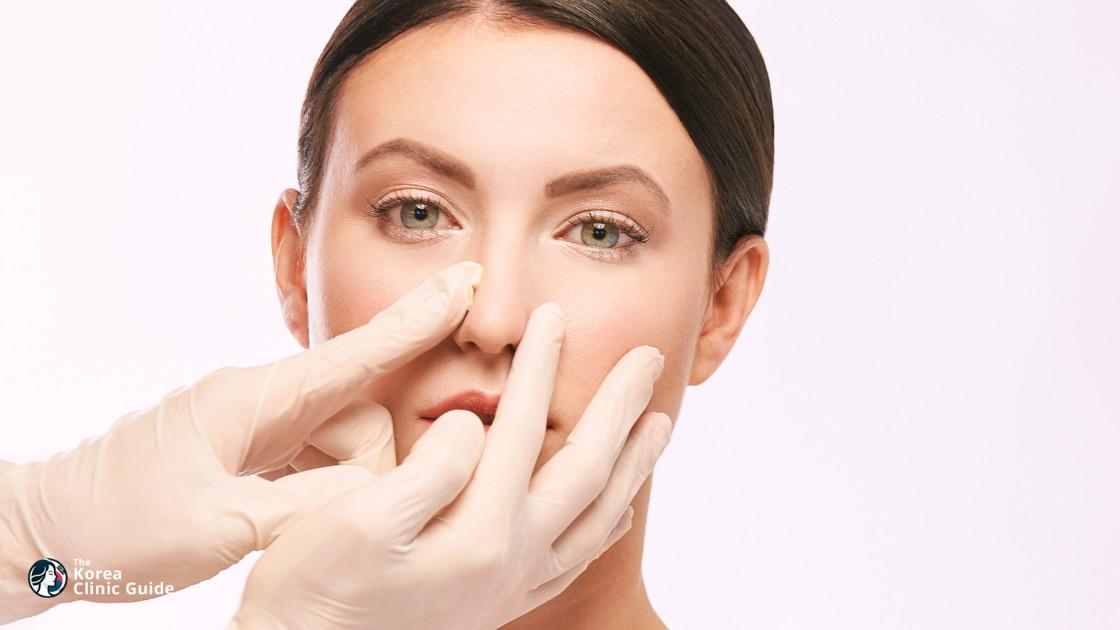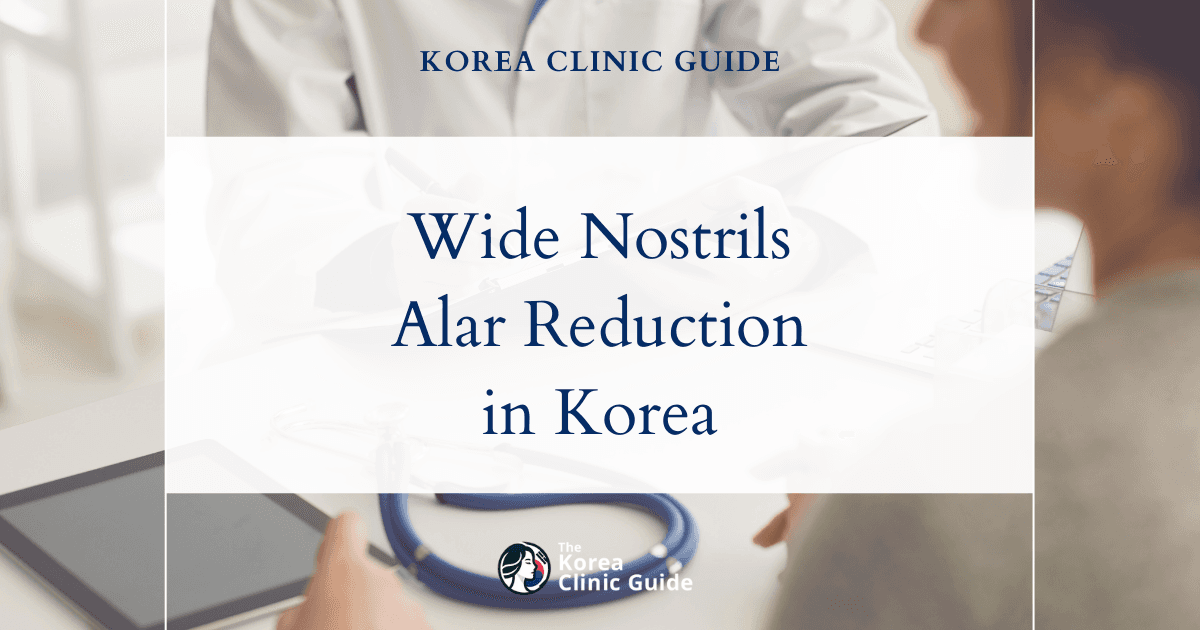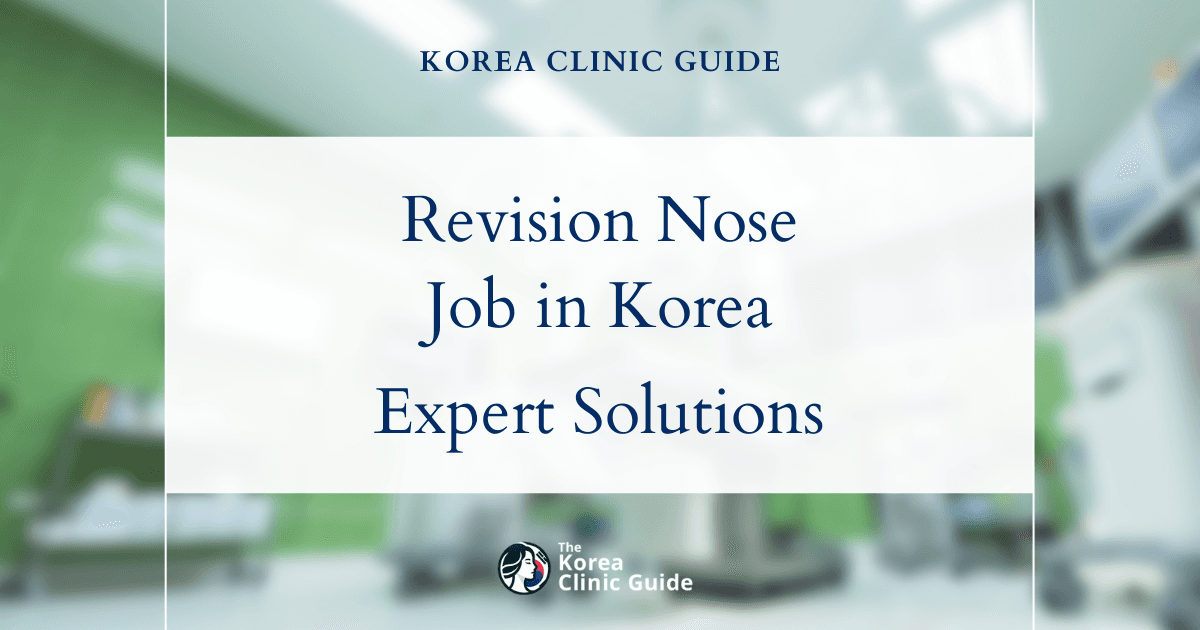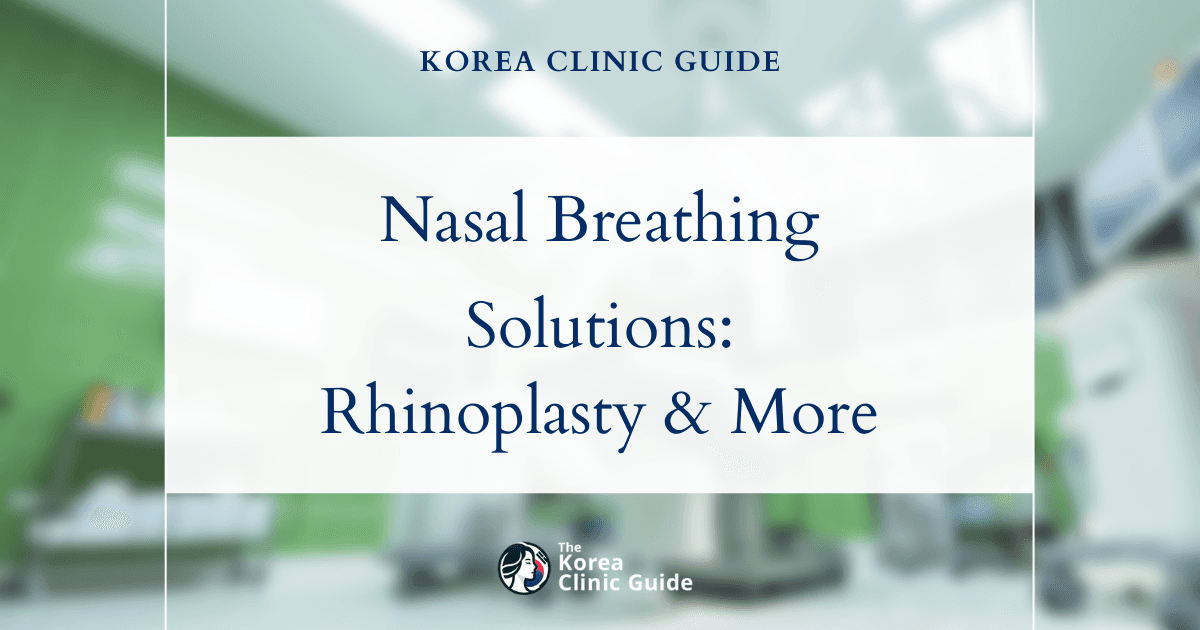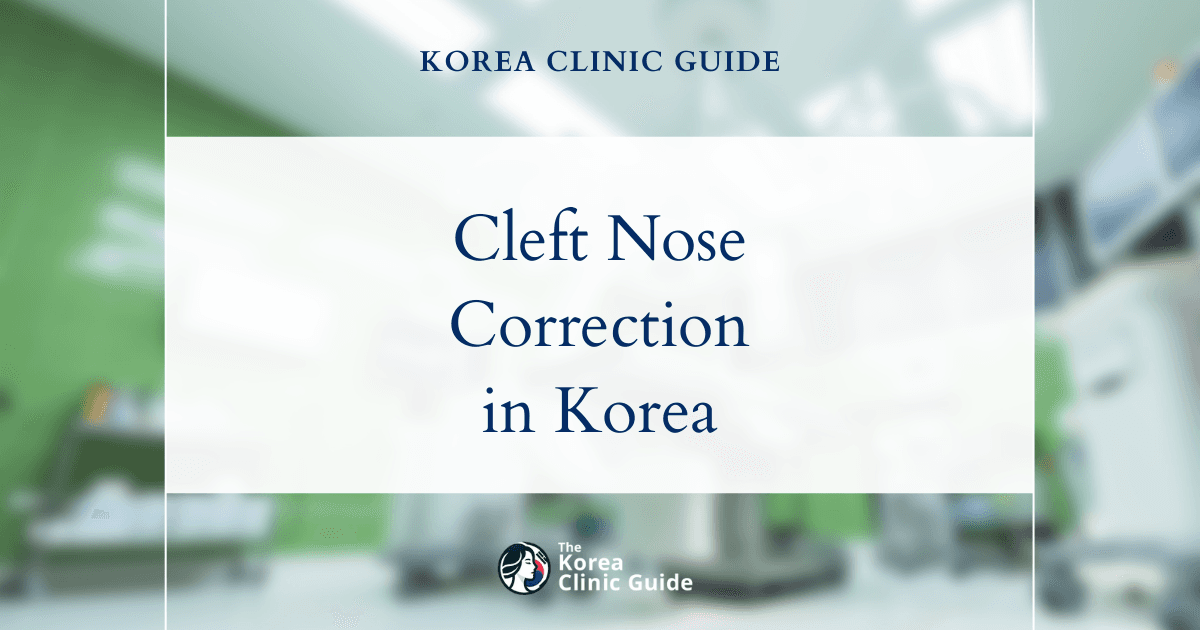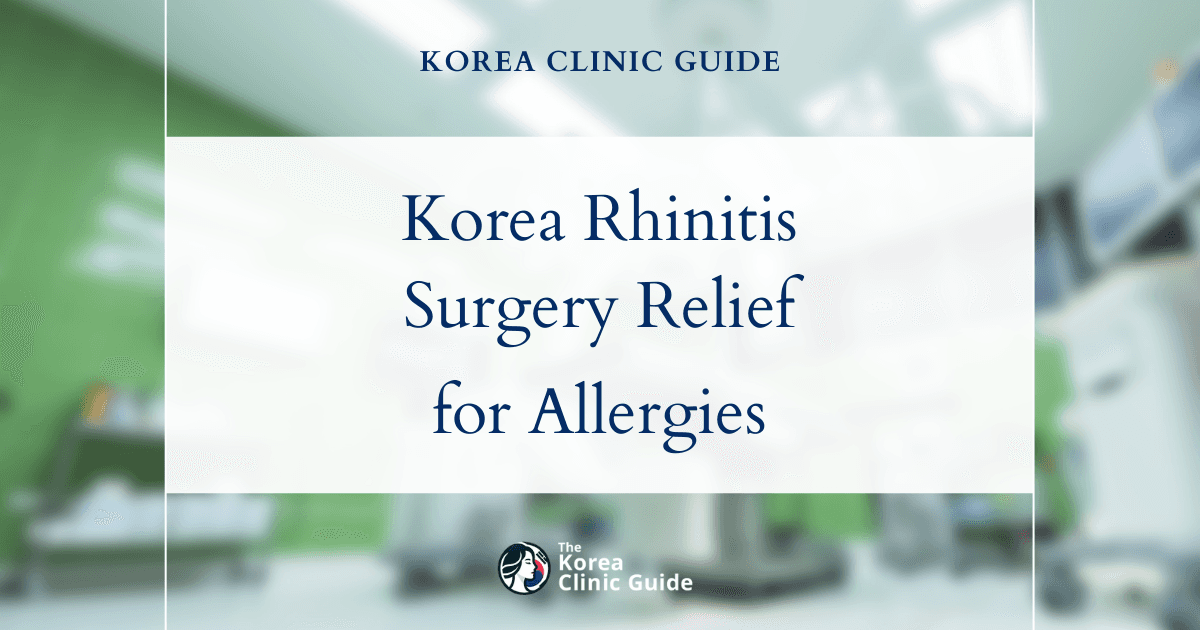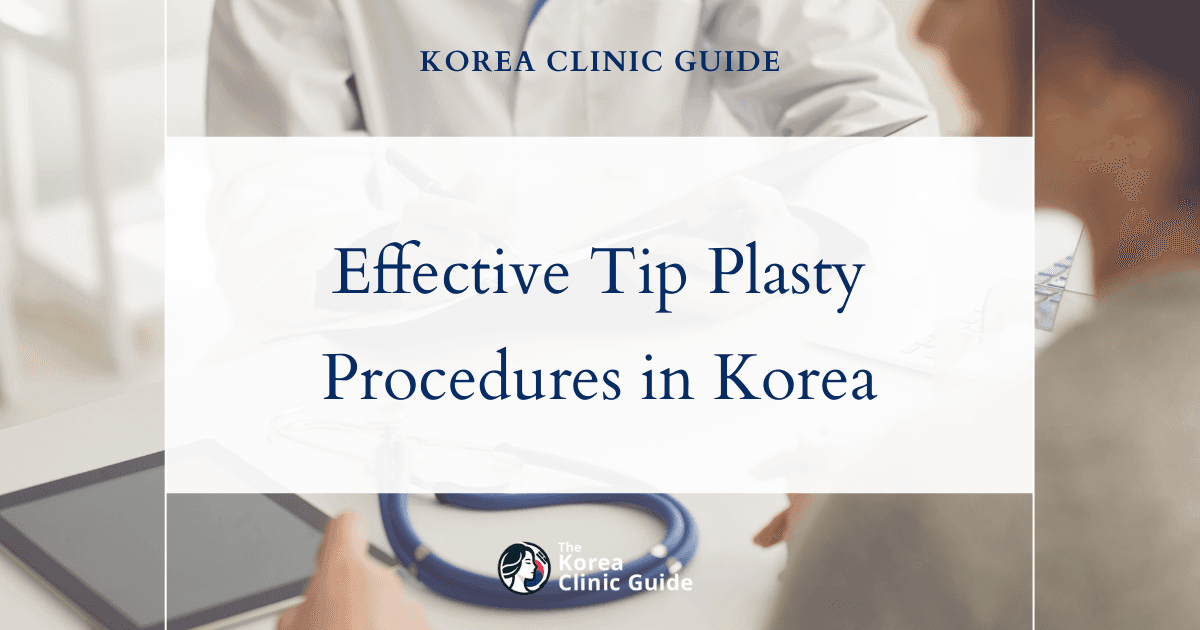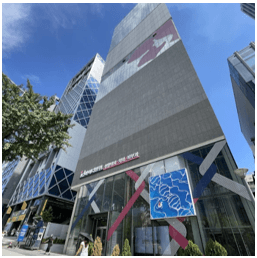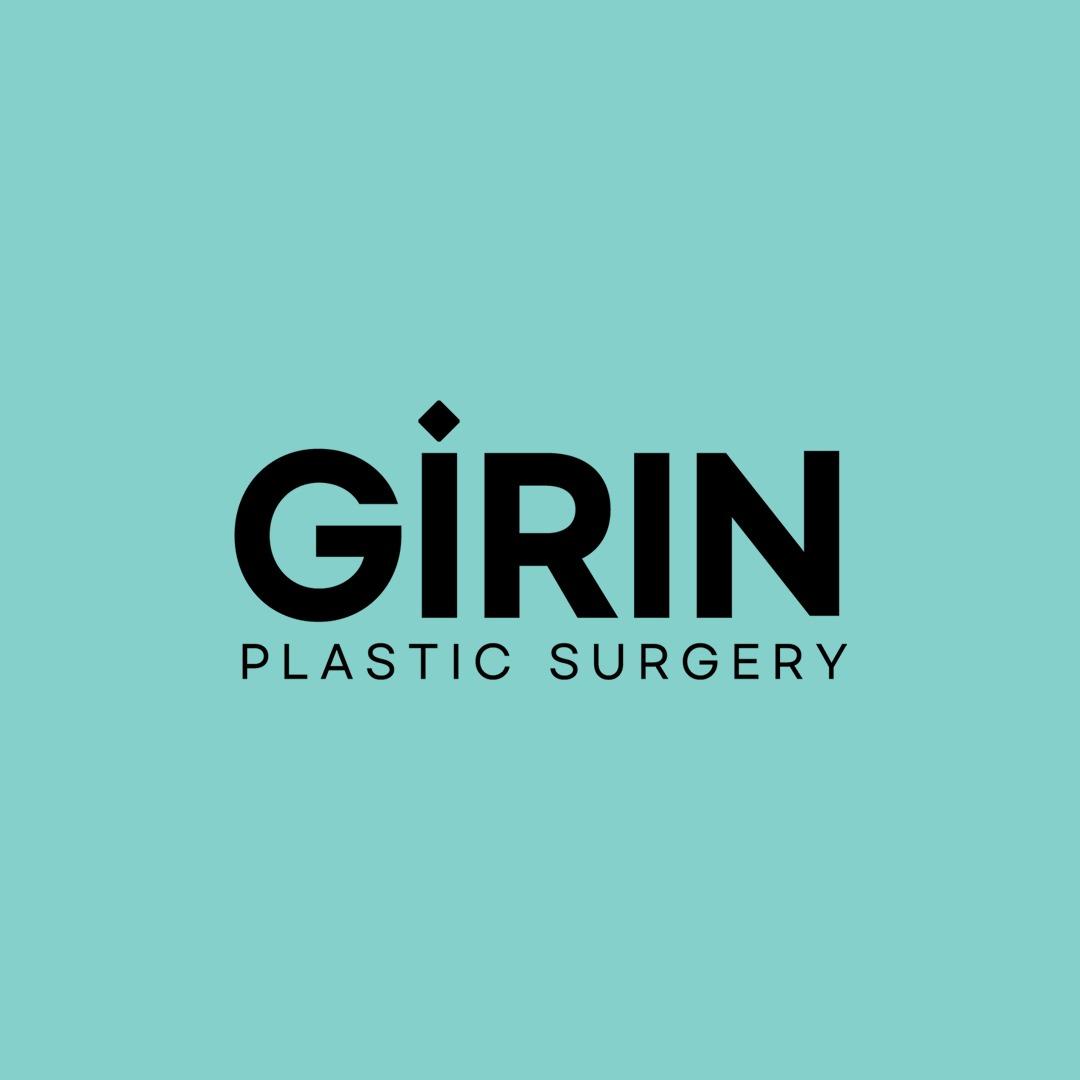Medical Tourism Blog
Nose Implant in Korea | Best Clinics, Costs, Procedure Types & More

Table of contents
- What Is Nose Implant?
- Best Clinics in Korea for Nose Implant
- Getting Nose Implant in Korea
- Cost of Nose Implant in Korea
- Alternatives to Nose Implant
- Conclusion
Considering treatment in Korea? Everything you need to know e.g. — how to avoid scams, visas, interpreters, recovery tips — in our Medical Tourism Master Guide. Plan with confidence in minutes, not weeks!
Did you know that South Korea is not only a global leader in technology but also in cosmetic surgery? Nose implants, or rhinoplasty with augmentation, have emerged as one of the most sought-after procedures in this innovative country, known for its exceptional medical expertise and transformative patient results.
What Is Nose Implant?
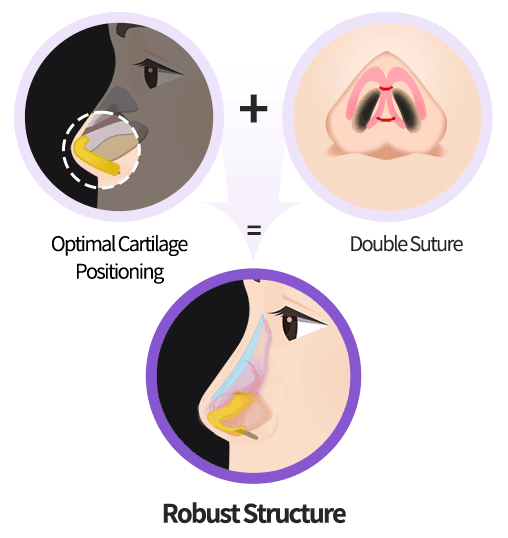
A nose implant, also known as a nasal implant or rhinoplasty implant, is a medical procedure designed to enhance the shape, size, and structure of the nose. This procedure is particularly popular in Korea, where it is often sought for both aesthetic enhancement and functional improvement.
A typical nose implant surgery involves the insertion of biocompatible materials into the nasal structure to achieve the desired shape. These implants are usually made from materials such as silicone, Gore-Tex, or Medpor, each having its own set of advantages and potential risks.
The procedure begins with a thorough consultation between the patient and the surgeon to understand the patient's needs and expectations. This initial phase includes detailed discussions about the patient's medical history, previous nasal surgeries if any, and overall facial symmetry. Some clinics may also use 3D imaging software to provide a visual representation of the expected results.
Once the planning phase is complete, the patient is given either local or general anesthesia, depending on the complexity of the surgery and the patient’s comfort level. The surgeon then makes incisions either inside the nostrils (closed rhinoplasty) or across the columella, the tissue that separates the nostrils (open rhinoplasty). Open rhinoplasty allows for greater visibility and precise placement of the implants but may leave a small, barely visible scar.
After gaining access to the nasal structure, the surgeon carefully places the selected implant material, molding it to fit seamlessly with the patient's natural anatomy. This sculpting process is meticulous, aiming for a symmetrical and natural-looking result. The implant may be placed to augment the nasal bridge, tip, or both, depending on the specific needs of the patient.
Once the implant is in place, the incisions are closed, usually with dissolvable stitches if internal, or with fine sutures that are removed after a few days if external. Finally, the nose is bandaged and a splint is often used to support the new structure during the initial healing phase.
Post-operative care is crucial for optimal results. Patients are generally advised to avoid strenuous activities, follow a prescribed medication regimen, and attend follow-up appointments to monitor the healing process. Swelling and bruising are common but typically subside within a few weeks, revealing the final outcome of the procedure.
In addition to cosmetic enhancements, nose implants can also be employed to correct structural issues such as a deviated septum, thereby improving breathing function. This dual benefit makes nose implants a versatile solution for individuals seeking both aesthetic and functional improvements.
Who is Nose Implant for?
- Individuals Desiring Cosmetic Enhancement: Those looking to alter the appearance of their nose for aesthetic reasons can benefit from a nose implant.
- Post-Injury Corrections: People who have had nasal injuries and wish to restore their nose's shape can opt for this surgery.
- Birth Defect Corrections: Those with congenital nasal defects that affect the nose's appearance or function may benefit significantly.
- Breathing Issues: Individuals experiencing difficulty in breathing due to structural issues in the nose might find relief through a nose implant, often in combination with functional procedures like septoplasty.
- Overall Face Harmony: Candidates looking for balance in their facial features might find a nose implant helpful, particularly if their current nasal structure creates an imbalance.
- Patients with Deviated Septum: Those who have a deviated septum that obstructs breathing can benefit from an implant as part of the corrective procedure.
- People with Weak Nasal Cartilage: Individuals with cartilage that does not adequately support the nasal structure might benefit from the added support of an implant.
Best Clinics in Korea for Nose Implant
Listed below are the best clinics in Korea for nose implant:
| Clinic Name | Key Features | Special Techniques |
|---|---|---|
| THEPLUS Plastic Surgery | Internationally recognized rhinoplasty authorities and educators, academic leadership, collaborative education-driven environment, fully integrated four-story medical facility, attracts international clients and surgeons | Pioneering Asian rhinoplasty techniques, tailored nose implant procedures (primary and revision cases), advanced use of 3D implants, continuous updates to practice, focus on natural, balanced results |
| Made Young Plastic Surgery | Optimal implant materials, 3D-CT precision analysis, 20+ years' experience, expert with complex/revision cases, individualized planning, award-winning safety and aftercare, full CCTV transparency, board-certified anesthesiologists | Dorsal hump correction, nasal tip refinement, advanced osteotomy, autologous rib grafts, tailored implants for facial harmony, 1:1 monitoring protocol, comprehensive aftercare support |
| Okay Plastic Surgery Clinic | Transformative, patient-centered care, handles complex/revision cases, individualized treatment plans, multidisciplinary approach, latest technology, experienced female surgeon | Nose tip and bridge surgery, full-scale revisions, personalized aesthetic planning, integration of comprehensive technologies and empathy, specialized procedures for unique and challenging cases |
THEPLUS Plastic Surgery
THE PLUS Plastic Surgery, nestled in the trendy Garosu-gil district of Gangnam, Seoul, stands at the forefront of the global plastic surgery community—especially renowned for its excellence in nose implant procedures. Directed by Dr. Jeong Jae-yong and Dr. Kim Taek-gyun, both internationally lauded rhinoplasty experts, the clinic seamlessly blends cutting-edge surgical artistry with academic leadership. Dr. Jeong, President of the Korean Society of Plastic Surgeons and esteemed author of "Rebuilding Nose: Rhinoplasty for Asians," and Dr. Kim, recognized globally as a master of rhinoplasty and featured contributor in “The 18 Masters of Korean Aesthetic Surgery,” have propelled THE PLUS to global acclaim. Their commitment to ongoing education, patient safety, and natural, balanced aesthetic results makes THE PLUS a top choice for anyone seeking a nose implant in Korea.
Why THE PLUS Plastic Surgery is the premier clinic for Nose Implants:
- Two director doctors, Dr. Jeong Jae-yong and Dr. Kim Taek-gyun, are internationally recognized authorities and educators in rhinoplasty with decades of experience.
- Dr. Jeong is the President of the Korean Society of Plastic Surgeons and a pioneer in Asian rhinoplasty education through bestselling publications and global conference leadership.
- Dr. Kim is a board-certified rhinoplasty specialist, academic author, and innovator in the use of surgical implants, with award-winning research on 3D implants.
- Both doctors are regular speakers and panelists at prestigious international forums (such as SRF, KSPRS, IFAAS), sharing advanced research and surgical techniques.
- THE PLUS boasts a collaborative, education-driven environment, where surgeons continuously update practices in line with the latest global standards.
- Patients benefit from a fully integrated, four-story medical facility—ensuring seamless care from consultation to post-operative recovery.
- The clinic specializes in both primary and complex revision rhinoplasty, with a wide array of tailored nose implant techniques to suit each individual’s unique facial structure.
- Safety, precision, and patient satisfaction form the core of THE PLUS’s service philosophy, backed by a highly experienced, research-active medical team.
- The clinic’s reputation attracts clients from across Asia and beyond, as well as plastic surgeons eager to learn from the very best in the field.
You can check out their website here: THEPLUS Plastic Surgery Website
Made Young Plastic Surgery
Made Young Plastic Surgery stands out as Korea’s premier clinic for nose implant and rhinoplasty, thanks to a unique blend of advanced technology, expert surgical skill, and uncompromising safety standards. The clinic uses only optimal implant materials and refined techniques to craft stable internal nasal structures, preventing the bulbous tip droop seen at other clinics and ensuring long-lasting, attractive results. One of Made Young’s hallmarks is its 3D-CT precision analysis system, allowing for comprehensive assessment of nasal bones, septum, and asymmetry for highly individualized surgical planning. At the center of the team is Dr. Lee Byeong-hoe, a renowned rhinoplasty specialist with over 20 years of experience who is celebrated for his success with the most complex cases, including revision surgeries up to the 8th procedure, as well as expert dorsal hump correction and nasal tip refinement using advanced osteotomy and autologous rib grafts. Made Young’s approach is always tailored, taking into account each patient’s facial harmony, including nasal bridge, tip, columella, and alar width, to create balanced, natural aesthetics. Patients benefit from the clinic's award-winning safety and aftercare system: all procedures are carried out with oversight by full-time board-certified anesthesiologists, a dedicated 1:1 monitoring protocol, full CCTV transparency, and a dedicated aftercare center for thorough recovery support. With recognitions such as the 2022 Korea No.1 Award and Korea Customer Satisfaction First Place, and a reputation as a premium clinic in Seoul’s Gangnam district, Made Young Plastic Surgery truly sets the standard for safe, individualized, and lasting nose implant surgery in Korea.
You can check out their website here: Made Young Plastic Surgery Website
Okay Plastic Surgery Clinic
Okay Plastic Surgery Clinic stands out as the premier destination for nose implants in Korea thanks to a philosophy rooted in transformative, patient-centered care and an unwavering commitment to excellence. Renowned for expertly handling even the most difficult rhinoplasty cases, including complex revisions, the clinic offers each patient an individualized treatment plan designed to match their unique aesthetic goals. Led by a highly qualified team—including a celebrated female plastic surgeon with vast experience—Okay Plastic Surgery Clinic delivers not just surgical expertise but a truly comprehensive journey of transformation built on empathy, precision, and the latest medical advances. Their wide array of specialized procedures, from nose tip and nose bridge surgery to full-scale revisions, ensures that even the most specific or challenging concerns can be addressed effectively. With a multidisciplinary approach that integrates the latest technology and genuine care, Okay Plastic Surgery Clinic has earned its reputation as Korea’s best clinic for personalized and successful nose implant outcomes.
You can check out their website here: Okay Plastic Surgery Clinic Website
Getting Nose Implant in Korea
Nose implants, also known as rhinoplasty with implants or augmentation rhinoplasty, have gained significant popularity in South Korea, renowned for its advanced cosmetic surgery industry. This procedure is tailored to enhance the nasal structure, providing a more defined and aesthetically pleasing profile.
Initial Consultation
The journey begins with an initial consultation where the patient meets with a specialized surgeon. During this session, the patient’s medical history is reviewed, and a thorough examination of the nose is performed. The surgeon discusses the desired outcomes and evaluates the most suitable type of implant and surgical approach.
Choice of Implant
There are various implant materials available, including silicone, Gore-Tex, and Medpor. Silicone implants are the most commonly used due to their malleability and proven safety record. Gore-Tex, a porous material, allows tissue integration, reducing the risk of displacement. Medpor, another porous material, provides a sturdy structure, although it is less commonly used due to its rigid nature. The choice of material is personalized based on individual needs and surgeon recommendations.
Surgical Procedure
-
Anesthesia: The procedure typically starts with the administration of general anesthesia or local anesthesia with sedation, depending on the complexity of the surgery and patient preference.
-
Incision: The surgeon makes incisions either inside the nostrils (closed rhinoplasty) or across the columella, the tissue between the nostrils (open rhinoplasty). The choice between open and closed rhinoplasty depends on the extent of correction needed and the surgeon’s expertise.
-
Insertion of Implant: Once the incisions are made, the nasal skin is gently lifted to create a pocket over the nasal bridge. The pre-sculpted implant is then carefully inserted and positioned to enhance the nasal structure. In some cases, additional grafting using cartilage from the patient’s ear or ribs may be necessary to support the implant and refine the nasal tip.
-
Reshaping and Closing: After the implant is securely in place, the surgeon reshapes the nasal structures to ensure a natural transition. The incisions are then meticulously closed with sutures, and a splint is applied to stabilize the nose during the initial healing phase.
Recovery Process
Post-operative care is crucial for a successful outcome. Patients are usually monitored in the clinic for a few hours before being discharged. Initial swelling and discomfort are common and can be managed with prescribed pain medications. The surgeon provides detailed aftercare instructions, including:
- Keeping the head elevated to reduce swelling.
- Avoiding strenuous activities for a few weeks.
- Attending follow-up appointments to monitor healing.
The splint is typically removed after one week, although minor swelling may persist for a few months. Most patients can resume their normal activities within two weeks, with the final results becoming increasingly noticeable as the healing process progresses.
Cost of Nose Implant in Korea
The cost of a nose implant, also known as rhinoplasty, can vary significantly depending on the country in which it is performed. Below is a comparison of the cost of nose implants in Korea and other major countries, including the USA.
Cost in Korea
In South Korea, the cost of a nose implant usually ranges between $3,000 and $6,000. South Korea is renowned for its advanced medical technology and expertise in cosmetic surgery, particularly in Seoul. Many patients also find the costs to be more affordable compared to Western countries while maintaining high standards of care and outcomes.
Cost in the USA
In the United States, the cost of a nose implant can be significantly higher, typically ranging from $7,000 to $15,000. The price variation largely depends on the surgeon's experience, the complexity of the surgery, and geographical location. Additionally, healthcare costs in the U.S. are generally higher due to administrative expenses and insurance complexities.
Cost in Other Countries
-
United Kingdom: The cost of a nose implant in the UK generally falls between £4,000 and £10,000 (approximately $5,200 to $13,000 USD). Similar to the USA, the price depends on various factors such as the surgeon's expertise and location.
-
Australia: In Australia, patients can expect to pay between AUD 7,000 and AUD 12,000 (approximately $4,800 to $8,300 USD). Costs may vary based on the surgeon and specific requirements of the surgery.
-
Canada: The cost in Canada ranges from CAD 6,000 to CAD 12,000 (approximately $4,500 to $9,000 USD), with variations depending on the region and the surgeon's qualifications.
-
Thailand: Thailand is another popular destination for medical tourism with nose implant costs ranging from $2,000 to $5,000 USD. The country is known for offering affordable medical procedures with reputable healthcare services.
-
Brazil: In Brazil, the cost of a nose implant can vary between $2,500 and $6,000 USD. Brazil is globally recognized for its skilled plastic surgeons and cost-effective medical services.
This comparison highlights that South Korea offers competitive pricing for nose implants, often at lower rates than many Western countries, while maintaining high standards of medical care.
Alternatives to Nose Implant
Nose implants can be invasive and not suitable for every patient seeking nasal enhancement. Fortunately, alternatives exist that offer less invasive solutions while still addressing specific aesthetic or functional needs.
1. Dermal Fillers
Dermal fillers, also known as liquid rhinoplasty, are a non-surgical option that involves injecting hyaluronic acid-based fillers into specific areas of the nose. This procedure can correct minor irregularities such as dorsal humps, asymmetry, and slight deviations.
-
Advantages:
- Minimally invasive with no surgical incisions.
- Immediate results with minimal downtime.
- Temporary, allowing adjustments as needed.
-
Disadvantages:
- Effects are not permanent, generally lasting between 6 to 12 months.
- Does not address major structural issues or breathing problems.
- Potential for swelling and bruising post-injection.
2. Septoplasty
For patients experiencing breathing problems due to a deviated septum, septoplasty can be an effective alternative. This surgical procedure corrects the nasal septum—the wall between the two sides of the nose—improving airflow and resolving breathing difficulties.
-
Advantages:
- Specifically targets functional improvements, such as better breathing.
- Can be combined with other nasal surgeries for comprehensive results.
- Generally covered by insurance if deemed medically necessary.
-
Disadvantages:
- Involves surgery and associated recovery time.
- Primarily functional, with less emphasis on cosmetic enhancements.
- Risks of common surgical complications, including bleeding and infection.
3. Cartilage Grafts
Cartilage grafts from the septum, ear, or rib can be used in nasal surgeries to reshape the nose or repair defects. This technique provides a natural alternative to synthetic implants, utilizing the patient’s own tissues to achieve the desired outcome.
-
Advantages:
- Use of autologous (self-derived) cartilage reduces risk of rejection.
- Suitable for significant structural modifications and cosmetic enhancements.
- Can address both aesthetic and functional concerns.
-
Disadvantages:
- Requires a donor site, potentially leading to additional scars and recovery time.
- Surgical procedure with inherent risks such as infection and scarring.
- Requires highly skilled surgeons to ensure optimal results.
Each option comes with its own set of benefits and limitations. Consulting with a qualified surgeon can help determine the most suitable approach based on individual anatomy, goals, and expectations.
Conclusion
In conclusion, nose implant surgery in Korea stands out on the global stage due to the country's advanced medical technology, highly skilled surgeons, and competitive pricing. With a strong emphasis on natural and harmonious results, Korean clinics offer personalized and patient-centered care, ensuring that individuals receive a tailored approach to enhance their facial aesthetics. Whether driven by aesthetic desires or reconstructive needs, patients from around the world are increasingly choosing Korea for their nose implant surgeries, solidifying its reputation as a leading destination for cosmetic procedures.
